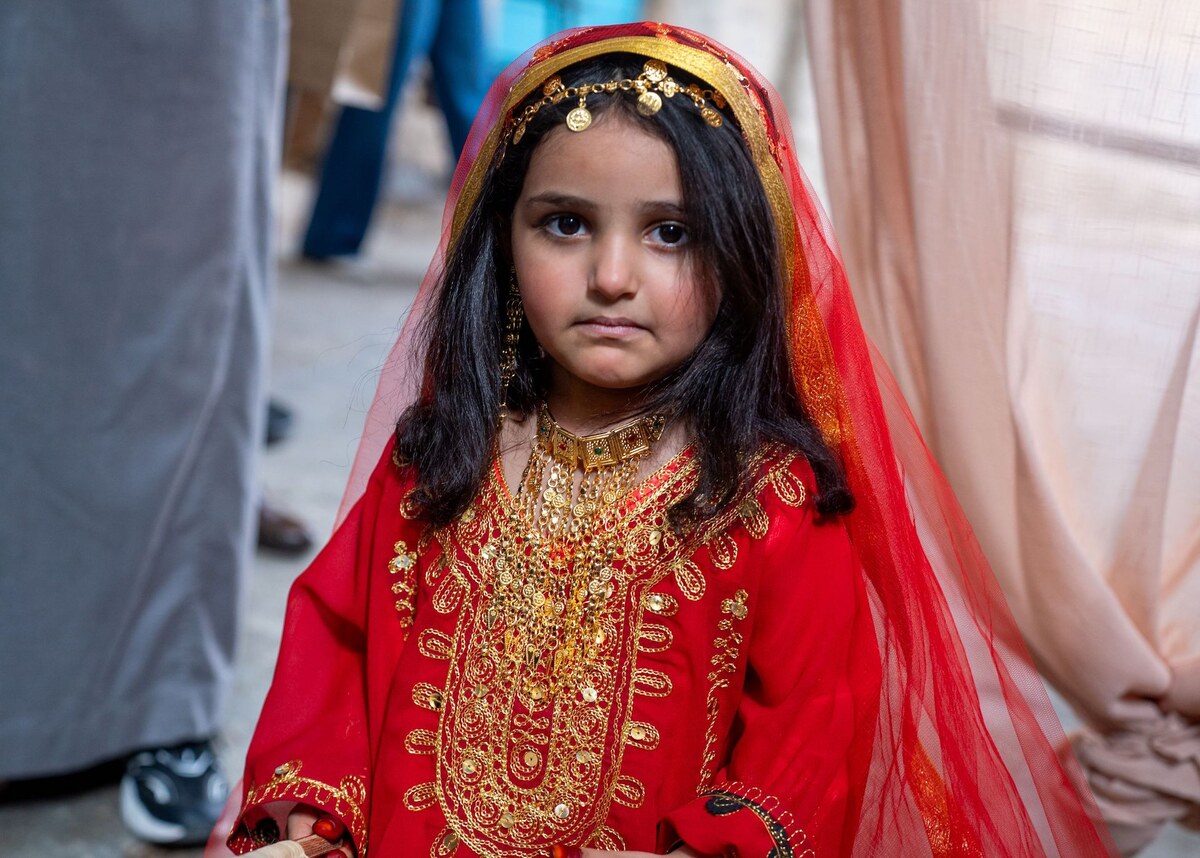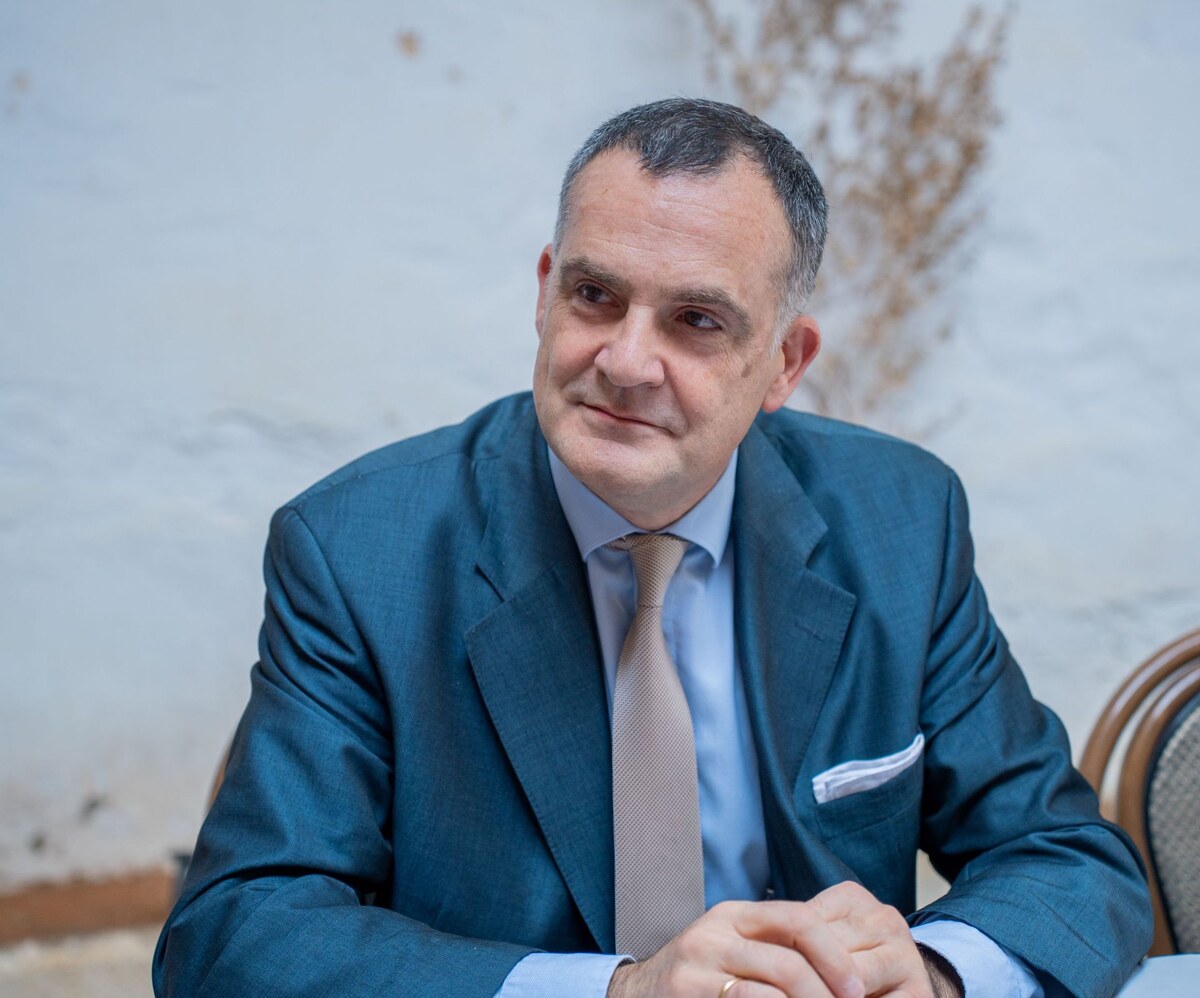RIYADH: US-Russia talks taking place in Riyadh today exemplify Saudi Arabia’s position as a “neutral setting,” with the Kingdom having engaged in a policy of building ties with various nations, according to a political commentator.
“(Saudi Arabia) has close ties to Russia, America, to China, to the European Union, to the BRICS countries. Saudi Arabia has built a stature where it has maintained excellent ties with all the key players of the world,” Ali Shihabi said.
He said that the Kingdom has pursued a multilateral foreign policy in building close relationships with various nations, particularly in the past five years.
Russia and the US agreed after the Riyadh meeting to begin working toward ending the war in Ukraine and improving ties, US Secretary of State Marco Rubio told the Associated Press.
Saudi Arabia’s mediation efforts have gained renewed attention following the country’s role in dialogue over the Russia-Ukraine war.
In 2024, the Kingdom played an influential role as a mediator, and was responsible for facilitating the biggest US-Russian prisoner swap since the Cold War, according to Reuters.
The exchange involved 24 prisoners — 16 moving from Russia to the West and eight sent back to Russia from the West.
Crown Prince Mohammed bin Salman was also reportedly involved in a negotiating a Ukraine-Russia prisoner swap in 2022 involving more than 300 people.
Shihabi said that the meeting in Riyadh between Russia and the US “is really a result of the crown prince’s close relationships.”
He said: “Both parties look upon Riyadh and look upon the crown prince as a friend — in a way this is a neutral setting.”
Shihabi underlined that European countries “are hostile to Russia.”
He said that Saudi Arabia is an ideal host for the peace talks because of its “neutrality,” having been a close ally to both countries.
“Saudi Arabia did not impose sanctions on the Russians, it works closely with the Russians in OPEC+, it’s very close to the Americans, it was a place that both parties were comfortable coming to,” Shihabi said.
The meeting in Riyadh came about following phone calls US President Trump had separately with Russian President Vladimir Putin and then Ukrainian President Volodymyr Zelensky on Feb. 12.
Speaking to reporters in the Oval Office following the calls, Trump said: “I think we are on the way to getting peace, I think President Putin wants peace, President Zelensky wants peace, and I want peace. I just want to see people stop getting killed.
“We think we’re going to probably meet in Saudi Arabia, the first meeting. We know the crown prince, and I think it would be a very good place to be.”
Shihabi underlined that the Kingdom’s hosting of the talks signals the country’s “very prestigious position,” adding that “it shows the respect that both Russia and America have for Saudi Arabia.”





























